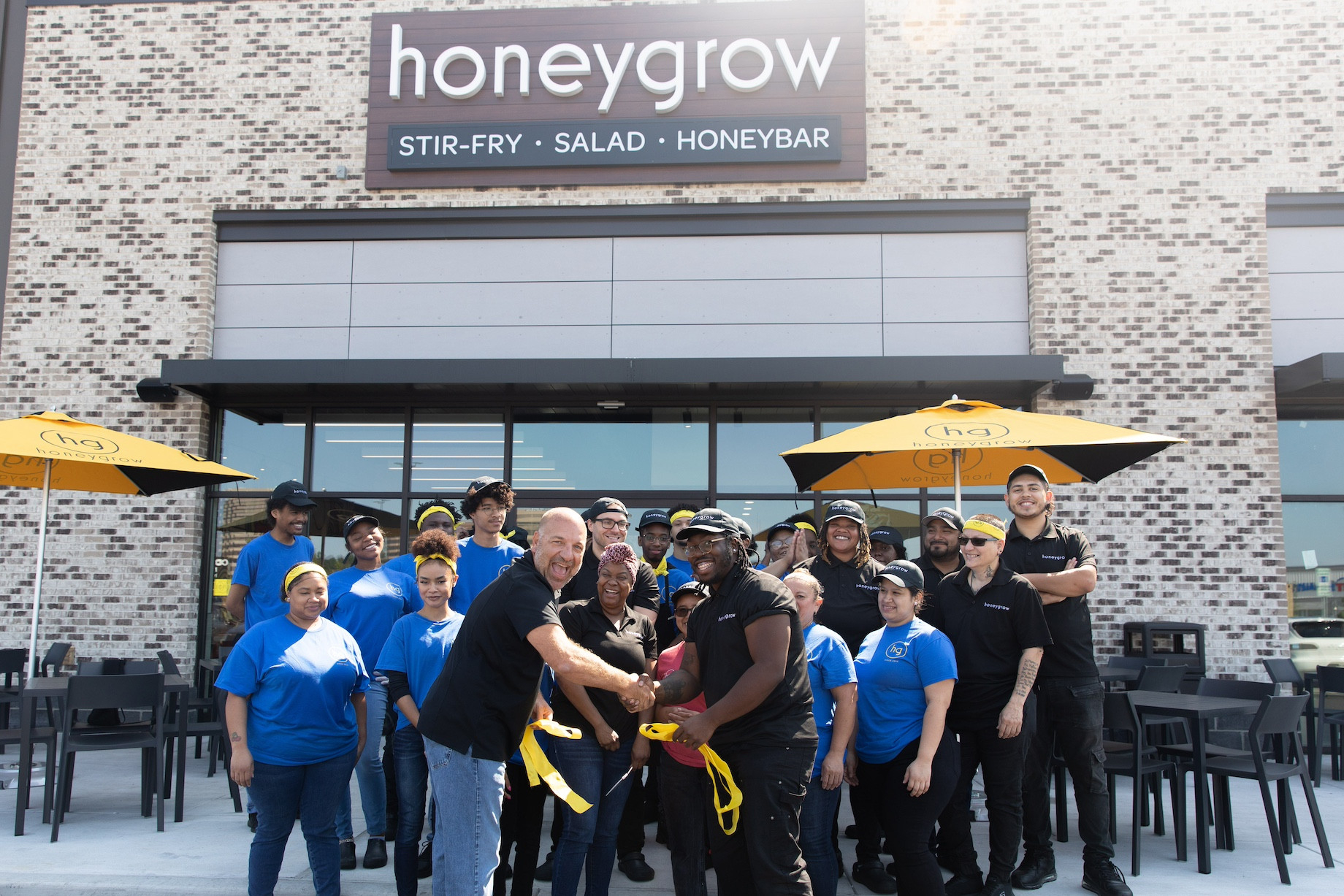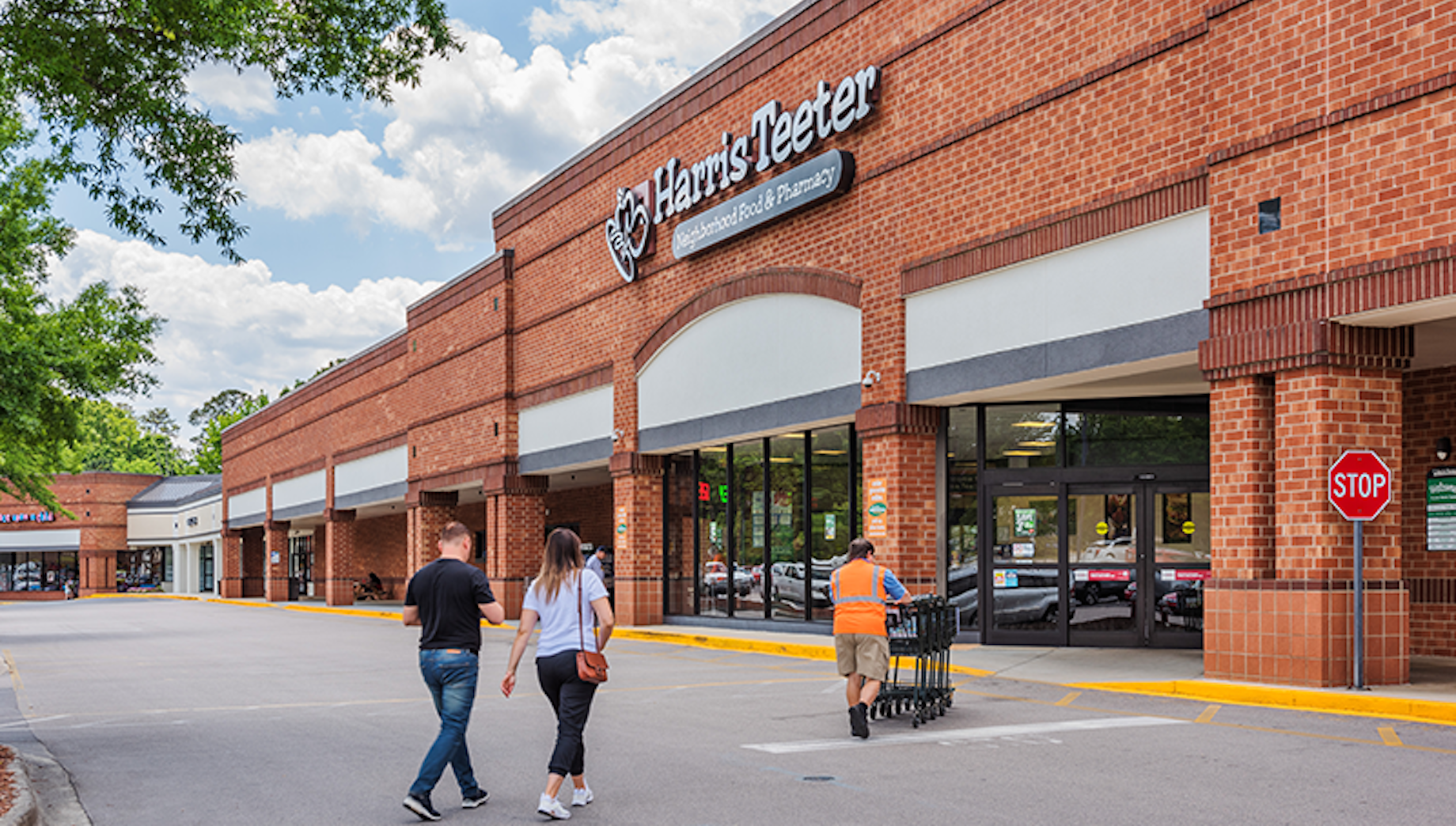The national average cost estimate for an in-line store fit-out is $147 per square foot, according to a Cushman & Wakefield survey of 14 general contractors conducted in the fall. Fit-outs were costliest in Northern California, averaging $216, followed by the Pacific Northwest at $191 and the Southwest at $162. The most cost-effective estimates were in the Midwest, averaging $106 per square foot, followed by the Upper Midwest and the Southeast, both at $112, according to the firm’s 2024 U.S. Retail Fit Out Cost Guide.
The research assumes an inline space within a single-story strip center in a market’s central business district and is based on a 1,800-square-foot store with a customer area, a back-of-house area and two Americans with Disabilities Act-compliant restrooms. Furniture, fixtures and equipment are not included.
Across most markets, mechanical systems like HVAC and plumbing claimed the biggest chunk of a renovation budget. In California, however, carpentry, doors and windows cost the most, accounting for 18% of expenses in Northern California and 21% in Southern California.
While project overhead sits at 10% of total budget nationwide, Texas bucked that trend with an average of 16%.
Costs are leveling out compared to recent highs. The Engineering News-Record Construction Cost index reveals a significant slowdown in cost increases compared to the post-pandemic peak three years ago. Costs including labor rose a moderate 2.7% year over year in December, a pace closer to the historical 10-year average.
Return of the Pre-Pandemic Appetite: Restaurant Openings Surged in 2023
Fueled by pent-up demand and shifting consumer trends, the restaurant industry has roared back to life. Nearly 53,800 eateries opened their doors in 2023, according to Yelp. This 10% surge over 2022 also surpassed pre-pandemic levels by 2%, presenting a tantalizing menu of tenant possibilities for landlords.
Honeygrow was one of those chains. The Philadelphia-based fast-casual restaurant known for stir-frys, salads and its Honeybar dessert bowls reported 2023 as the most successful year since its 2012 founding. The company grew its footprint by 30% in 2023, opening nine restaurants to reach 40 across seven states. It has more than a dozen openings planned for 2024.

Employees celebrate the July 31, grand opening of Honeygrow’s Owings Mills, Maryland, location.
The growth extends beyond restaurants. Yelp reported an overall 20% increase in 2023 in listings for new businesses, from trendy fitness studios to tech startups. Home services like remodeling and masonry led the growth.
More on Dining from …
C+CT: QSRs Cash In on Night Owls
C+CT: Which Restaurants Do the Most Sales?
ICSC Small Business Center: Setting Your Restaurant Up for Success
Shopify’s Words and Products Say E-Commerce and Brick-and-Mortar Are Not in Conflict
A big sign that e-commerce and brick-and-mortar no longer are perceived as mutually exclusive: Shopify is helping retailers use their stores for inventory fulfillment with a new “ship from store” feature within its point-of-sale system, according to ModernRetail. In fact, Shopify president Harley Finkelstein stated at the NRF Retail’s Big Show last month that the friction is over: “Even the largest retailers are beginning to stop talking about this concept of channel conflict [that] online is hurting offline and social media commerce is going to really hurt our bottom line in our wholesale business. And that’s over, I don’t think anyone cares about what channel a product is being sold in.”
ICSC INDUSTRY INSIGHTS: ICSC The Halo Effect III: Where the Halo Shines
Will Falling Values Spur a Buying Spree?
Recession fears have eased from last year, and investor sentiment has improved significantly, according to CBRE’s annual 2024 U.S. Investor Intentions Survey of 134 U.S. commercial property executives. More than 60% expect to purchase more assets in 2024 than in 2023, compared with only 16% who a year ago expected to buy more in 2023 than in 2022. Among investor types, a greater share of developers, private equity funds, real estate funds and REITs plan to pick up the pace. Despite lower property values, 40% of respondents expect to sell more assets in 2024 than in 2023, compared with only 14% in last year’s survey who expected that number to increase. Among investor types, a greater share of, private equity and real estate funds than other types are likely to sell a higher number of assets in 2024.
Grocery Remains Resilient
Twenty-two percent of investors will target retail properties in 2024, compared with the 75% who will seek multifamily and the 40% who will seek industrial/logistics properties. Respondents believe more deals will happen in the second half of the year as interest rates decline and sellers trim prices. Of all the commercial real estate sectors, investors expect grocery-anchored centers to experience the smallest price declines.
Soundwater Properties and Mack Real Estate Group’s acquisition of the 122,901-square-foot, 88% occupied, supermarket-anchored Maynard Crossing in Cary, North Carolina, announced this week, is the kind of deal investors expect to see more of this year. “This transaction was the most sought-after, grocery-anchored asset I’ve worked on in my career,” said JLL Investment Sales & Advisory senior director Tom Kolarczyk, who represented the seller. “The combination of the value-add leasing opportunity, market strength, assumable financing and long-term Harris Teeter lease made for a remarkable process with national investor interest.”

Maynard Crossing in Cary, North Carolina
Investors Interested in U.S. Retail Property Types in 2024
| Grocery-anchored centers | 83% |
| Lifestyle centers | 45% |
| High street shops | 28% |
| Unanchored strip centers | 24% |
| Freestanding stores | 17% |
| Prime malls | 7% |
| Value-add malls | 3% |
| Outlet centers | 0% |
Source: CBRE 2024 U.S. Investor Intentions Survey
EV Stations Top Investors’ ESG Property Interests
Despite political and fiscal headwinds, ESG continues to be a primary concern for commercial property investors. According to the CBRE survey, 80% say challenging investment conditions have not changed their near-term focus on environmental, social and governance.
Topping the list of ESG initiatives investors would consider putting in place at their properties are electric vehicle charging stations, at 60%. Close behind comes retrofitting existing buildings for greater energy efficiency and ESG compliance, a strategy 48% would consider. Clearly, sustainability remains a key concern, as 37% would consider each mitigating climate risks and acquiring or developing green buildings and 34% would consider on-site renewable energy generation.
However, the green path isn’t always paved with roses. Roughly 22% of investors still choose to leave ESG out of their consideration. Additionally, the higher costs associated with green upgrades continues to give some pause. A resounding 60% state they wouldn’t pay a premium for a green building, while only 30% are willing to consider a less-than-5% bump.
The survey paints a nuanced picture of an industry wrestling with its priorities. While short-term financial concerns cast a shadow, the appeal of ESG initiatives remains undeniable. As technology evolves and costs decline, expect the green wave to gather momentum.
Canada Update: Vacancy Below 2% and Rents Rising
Record population growth, a robust labor market and limited supply will keep Canada’s retail property market stable in 2024, attracting “strong investor and tenant demand,” according to Marcus & Millichap’s 2024 Canada Commercial Real Estate Investment Forecast. The past year witnessed robust leasing activity, outpacing completions and sending national vacancy rates below 2%, a post-pandemic low. This tightness pushed average asking rents up by 3.4% from the end of 2022 to the end of 2023.
Colliers expects this year’s opening of Phase 1 of Royalmount to boost vacancy in Montreal as retailers flock to quality. The 824,000-square-foot, two-level retail complex featuring Gucci, RH and Tiffany will kick-start Carbonleo’s $7 billion, carbon-neutral redevelopment.
Marcus & Millichap expects Canada retail investors to prioritize “safe bets with strong fundamentals” in 2024. This translates to a focus on single-tenant assets and grocery-anchored properties in thriving suburbs.
4 Retailers Making Headlines: Burger King, Jersey Mike’s, Starbucks and Walmart
Burger King’s owner has agreed to buy the largest U.S. Burger King franchisee. Restaurant Brands International will acquire all outstanding shares of Carrols Restaurant Group, representing an enterprise value of $1 billion, and will spend $500 million to remodel 600 of the 1,022 restaurants. It then will refranchise them to smaller operators as part of an ongoing plan to boost quality and sales.
Jersey Mike’s Subs is making on a big international move for the first time. The chain is taking on Canada with Redberry Restaurants, a franchisee that already operates Burger Kings and Taco Bells across the country. They seek to open at least 300 Jersey Mike’s locations by 2034. Redberry also will purchase the two existing Jersey Mike’s Canada locations, in Kitchener and London, and will open five more Ontario units this year, cementing the foundation for rapid growth.
A decade in, Starbucks’ mobile-ordering program shows no signs of slowing down. It said 31% of total transactions at company-operated U.S. stores were made via the mobile app in the fourth quarter, up from 27% in the fourth quarter of 2022 and 25% in the fourth quarter of 2021. The coffee chain is refining its app by adding tools to shorten wait times and by boosting personalization.
RELATED: The Fastest QSR Drive-Thru
Walmart will remodel 650 stores in the next year and open 150 new or converted stores over five years. The stores feature energy-efficient tech and ecofriendly refrigerants, and the retailer plans an electric vehicle-charging network.
CenterSquare Hires COO
CenterSquare Investment Management appointed Christina van Beelen as COO. Van Beelen has nearly three decades of experience in alternative asset management. She also has worked for Magnetar Capital, Secor Asset Management, Citadel and Goldman Sachs.
By Brannon Boswell
Executive Editor, Commerce + Communities Today